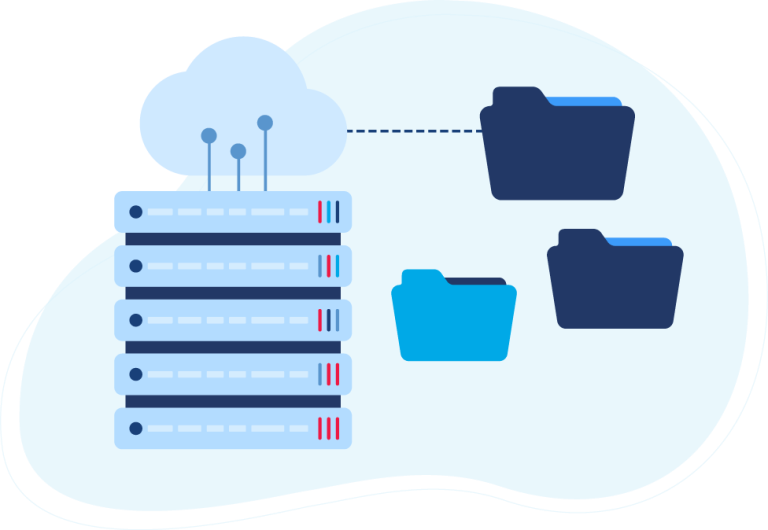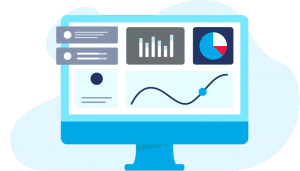There’s been (yet another) pivot in the SaaS-based applications: the decline of the ‘Do Everything’ SaaS application. We will walk you through what your business needs to know when choosing an expert tech solution.
Why you shouldn’t look at “Do Everything” SaaS applications?
How digital businesses look at key solutions and solution providers, and how those solution providers are structuring their own businesses have quietly changed over the past few years, especially today.
Moving away from the desire to be monolithic ‘do everything’ applications, SaaS applications are instead re-evaluating key functionalities and specializing in that one thing they do really, really well. And businesses are learning through experience that perhaps picking the SaaS applications out there that does that one thing done really well are the better bet over the ones proclaiming to do it all.
The Need to ‘Own’ the Customer
The overwhelming idea that sole customer control and a unified solution went hand-in-hand has started to feel dated. Occasionally, the phrase “one- throat-to-choke” is thrown around, it’s implied that if things go wrong, the customer would have a single point of contact.
On the flip side, this insinuated that having multiple partners or suppliers meant that:
A) there would be more work for the customer in times of need or troubleshooting, and
B) these partners were somewhat incompetent and would blame each other.
Should your SaaS application have total control of your business needs?
But what this mentality really stood for at its heart was total client control. For businesses that use the ‘one-throat-to-choke’ metaphor, it means that the customer has to rely on them for all their needs. This single point of contact is responsible for everything the customer needs.
This means to have influence, power, and ultimately more money in the pocket of the lone supplier. Customers are left with very limited visibility into anything beyond that single point of contact. As a result, they are actually handing over considerable control and major decision-making power to the company.
For a time, the single point of contact was an appealing option, especially in the SaaS-based application world. After all, why go to the trouble of hand-selecting each individual supplier and service to suit your business’s exact needs when there’s a single application out there touting that it can do everything?
The Rise of the Monolithic SaaS Application
The need to control the client spilled into the SaaS-based application world around 2010-2013. SaaS was really starting to take off at this point, and more and more businesses in the eCommerce and omnichannel world, in particular, were abandoning expensive and kludgy on-premise applications in favor of the cloud.
Key services and functions all of a sudden became cheaper, spreading the once lump-sum amount for physical software across the year via small monthly payments. Many formerly satellite services like marketing could also be replaced by the SaaS model.
Many applications try to keep their users coming back every day, but this doesn’t necessarily mean they’re deepening their core specialty. Instead, many apps focus on getting more of the customer’s time, attention, and money…And their approach was to diversify their service set while unintentionally watering down their core offering.

The Resurgence of the Expert SaaS Application Supplier
We’re in the midst of a post-pandemic renaissance: the surge in SaaS products that specialize in one core service set, product, or function has boomed back onto the scene.
Businesses are migrating away from the applications and service providers who are still claiming that they can “do it all” because the reality is you can’t be an expert in everything. Just like a retailer who sells across multiple channels, you have to have a niche that you excel in to create a competitive differentiator. Pick that one thing you’re good at, and then refine, refine, refine until you have it down to a science.
Find A SaaS Partner For Growth
At VL OMNI, we’ve witnessed this change first-hand in how end-users approach the problem of automating and integrating their data strategically. Solutions were put in place, connections between applications were outsourced for DIY coding, or undersized plug-and-play products were slapped on for immediate results. The plans worked for a while.
But the problems with these solutions were many: the providers implementing them were not experts in integration like VL OMNI is, which made these solutions static, fragile, and expensive. While you will get immediate costs savings with the ‘do everything’ solution providers, the ramifications and costs down the road were detrimental. In fact, they often impede the growth and agility of that your business needs.
But these days, our partners and customers see the value in having an expert data integration company like VL OMNI on their team. After all, EDI and eCommerce integration is where we specialize – if we weren’t good at it, we wouldn’t be here.
Every integration we implement is motivated by agility, scalability, and strategy, which we think makes our approach to integration unique: we don’t force your business to change to fit the solution, but our solution is made to fit your business today, tomorrow, and 10 years from now.
 D365 Business Central
D365 Business Central Netsuite
Netsuite


